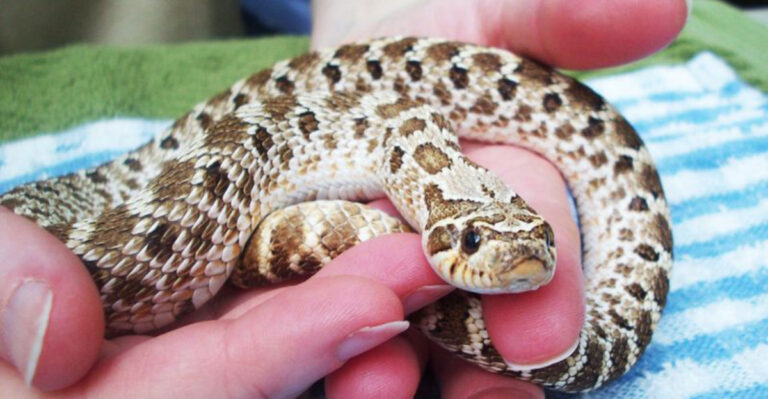10 Signs Your Dog May Be Nearing The End Of Life And 4 Things You Can Do To Help
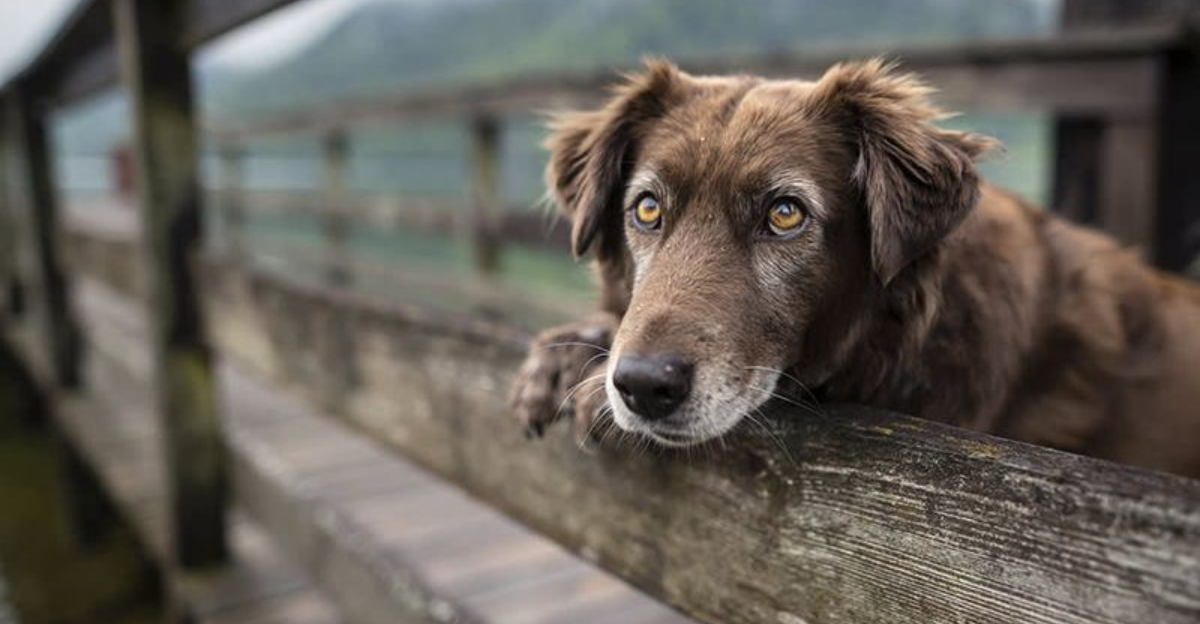
Watching our furry friends grow old is never easy, especially when we notice changes that suggest they might be approaching their final days.
Understanding these signs can help us provide better care and comfort during this difficult time. Being prepared emotionally and practically allows us to make our loyal companions’ last chapter as peaceful as possible.
1. Loss Of Appetite

Your dog’s mealtime enthusiasm fading away often signals something serious. They might sniff food but walk away, or completely ignore treats they once loved.
This change happens because their body systems are slowing down. Medications, pain, or organ failure can make eating feel unpleasant or unnecessary to them.
2. Lethargy And Weakness

Remember when your pup bounded toward the door at the mention of ‘walk’? Now they barely lift their head. This profound energy loss goes beyond normal aging.
Their muscles may tremble when standing. Short walks might exhaust them completely. This happens as their body conserves energy for essential functions only.
3. Incontinence
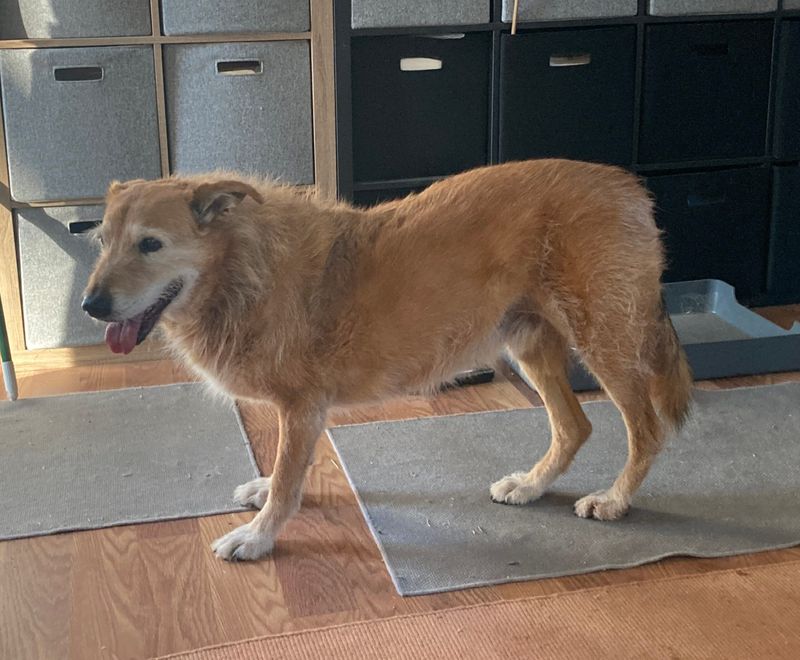
Finding unexpected puddles or messes from a previously house-trained dog isn’t just inconvenient—it’s often heartbreaking for them too.
Many dogs show signs of embarrassment when accidents happen. Failing bladder muscles or neurological changes make control difficult. Sometimes they simply can’t get up quickly enough to go outside.
4. Difficulty Breathing
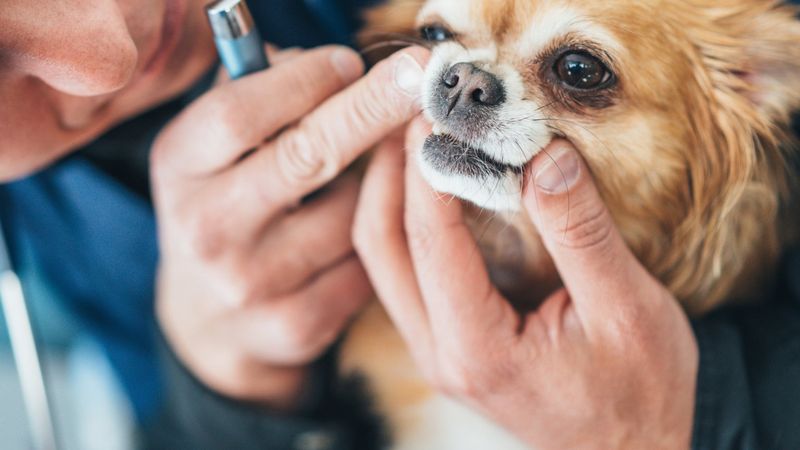
Labored breathing in dogs manifests as extended neck posture, flared nostrils, or visible chest movement with each breath. Some dogs develop an unsettling pattern of breathing deeply then barely breathing at all.
Heart failure often causes fluid buildup in lungs. Cancer, respiratory infections, or general weakness can all make breathing difficult for aging dogs.
5. Weight Loss

Running your hands along your dog’s back and feeling pronounced spine bones where there was once muscle can be alarming. This dramatic thinning happens even when they seem to eat normally.
Their bodies may be unable to process nutrients efficiently. Sometimes cancer consumes calories meant for the body. Muscle wasting accelerates as systems begin to fail.
6. Increased Irritability Or Restlessness

Your once-patient companion now growls when touched certain ways. Or perhaps they pace endlessly, unable to settle comfortably in their favorite spots.
Pain often drives these behavioral changes. Confusion can make familiar surroundings feel threatening. Their restlessness might peak at night, creating a phenomenon veterinarians call ‘sundowning’—similar to dementia symptoms in humans.
7. Unusual Posture Or Trouble Moving
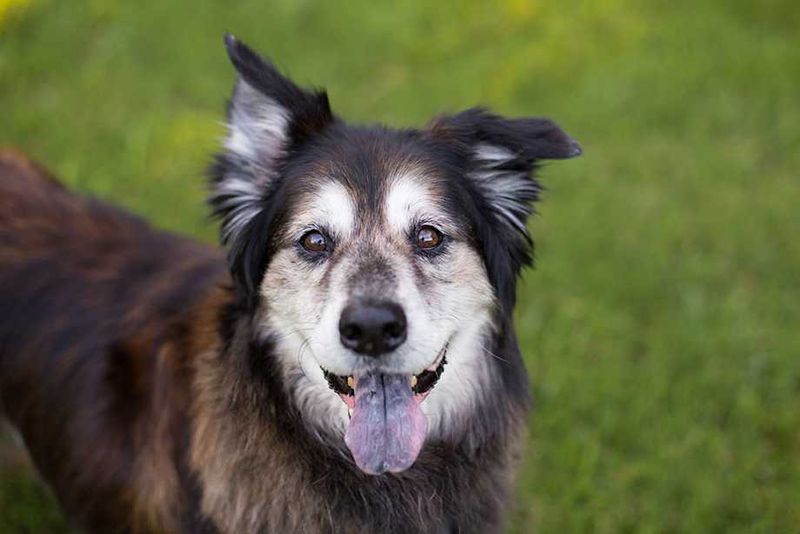
A hunched back, reluctance to climb stairs, or inability to rise without help reveals physical decline. Some dogs develop a characteristic wide-legged stance to maintain balance.
Arthritis pain makes normal movement excruciating. Neurological problems affect coordination. Sometimes their legs simply lack the strength to support their weight, especially on slippery floors.
8. Disorientation Or Confusion

Finding your dog staring blankly at walls or getting stuck in corners signals cognitive decline. Some dogs forget family members or bark at nothing. Brain changes similar to Alzheimer’s affect many senior dogs.
They might stand at the wrong side of doors or forget house-training routines they’ve followed for years. Familiar commands suddenly seem foreign to them.
9. Changes In Breathing Or Heart Rate

Irregular breathing patterns – gasping, wheezing, or prolonged pauses between breaths—often indicate serious decline. You might notice their heart racing even during rest.
Heart disease commonly causes these symptoms. Their body struggles to maintain oxygen levels. Sometimes you’ll see a bluish tint to gums or tongue – a critical sign requiring immediate veterinary attention.
10. Lack Of Interest In Socializing Or Playing
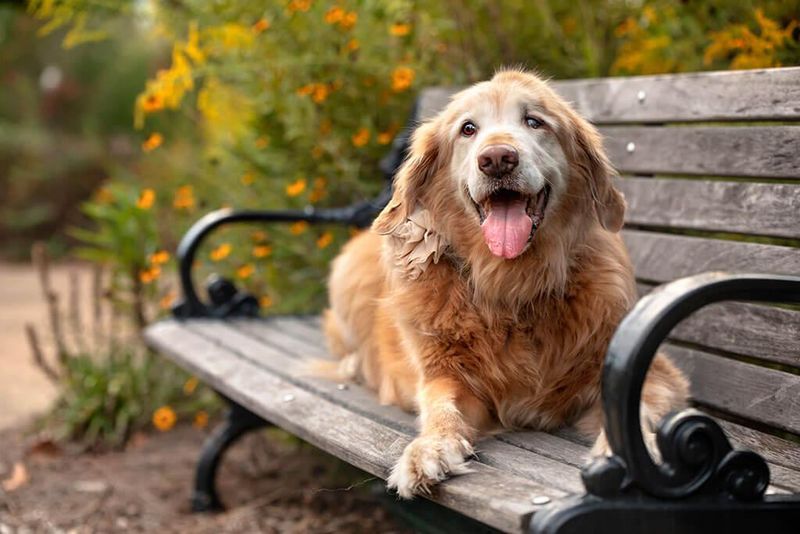
The tail that once wagged frantically at your arrival now barely moves. Their favorite squeaky toy lies untouched for weeks. Social withdrawal often signals they’re conserving energy or experiencing pain.
Sometimes they seek isolation instinctively. This behavioral change particularly affects dogs who were previously highly social and playful.
11. Provide Comfort And A Quiet Space

Creating a peaceful sanctuary means selecting a low-traffic area with their favorite bedding. Consider orthopedic beds for joint relief.
Maintain consistent temperature—aging dogs struggle with temperature regulation. Some find comfort in gentle background music. Minimize startling noises and bright lights that might increase anxiety during this sensitive time.
12. Regular Vet Checkups And Pain Management
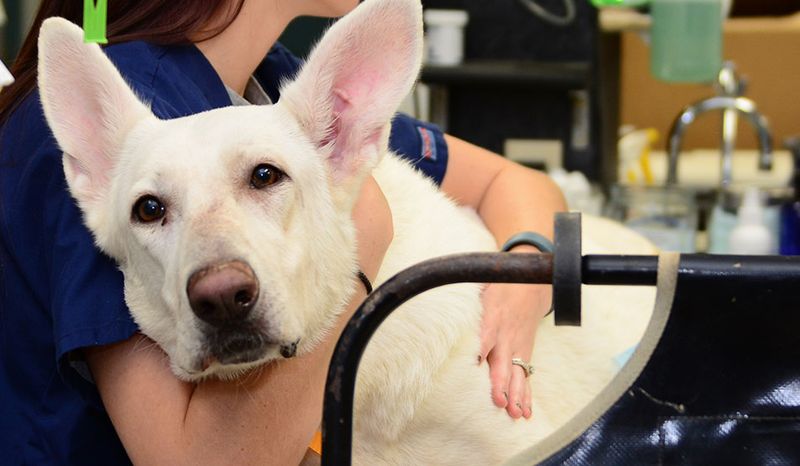
Veterinary palliative care has advanced tremendously in recent years. Many medications can ease joint pain, breathing difficulties, and anxiety without causing sedation. Ask about at-home assessment options if travel stresses your dog.
Keep a symptom journal to track effectiveness of treatments. Some vets offer specialized end-of-life consultations focused entirely on comfort measures.
13. Adjust Their Diet

Warming food slightly enhances aroma, often tempting reluctant eaters. Try offering small, frequent meals rather than large ones. Hand-feeding creates bonding moments during this precious time.
Soft, protein-rich foods require less chewing effort. Some dogs respond well to bone broth ice cubes when regular water consumption decreases.
14. Spend Quality Time Together
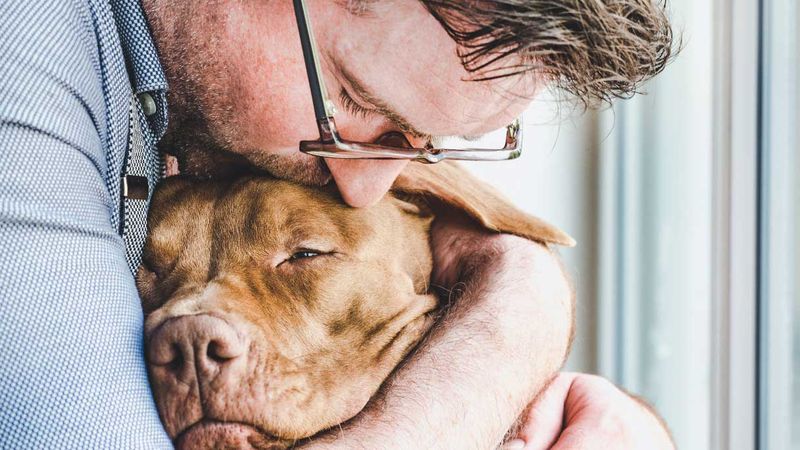
Simply sitting beside them, speaking softly, and maintaining gentle contact provides immense comfort. Many dogs appreciate being read to – your voice soothes them regardless of content.
Take them to favorite spots if mobility allows. Sunlight and fresh air can lift spirits. Record their unique traits and memories in a journal – this helps with your grief journey later.

